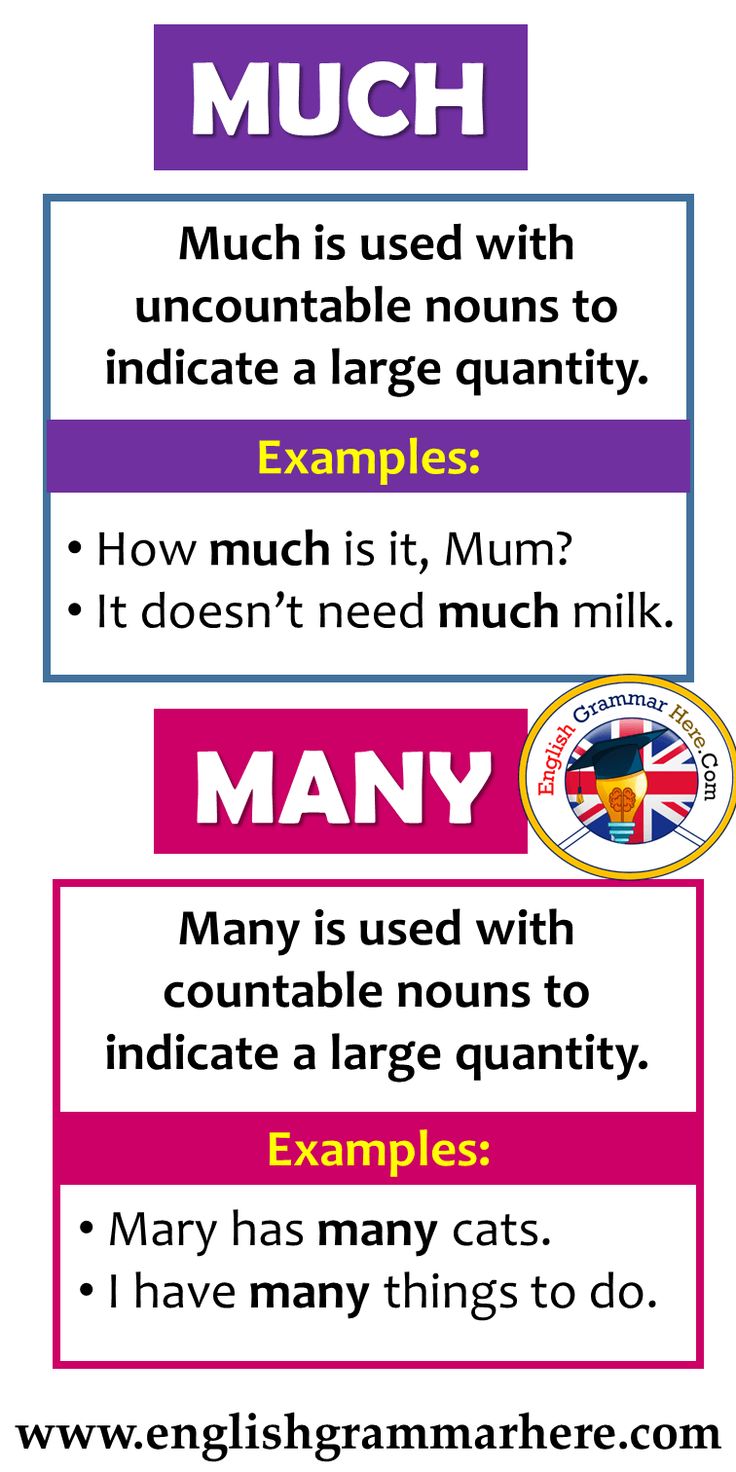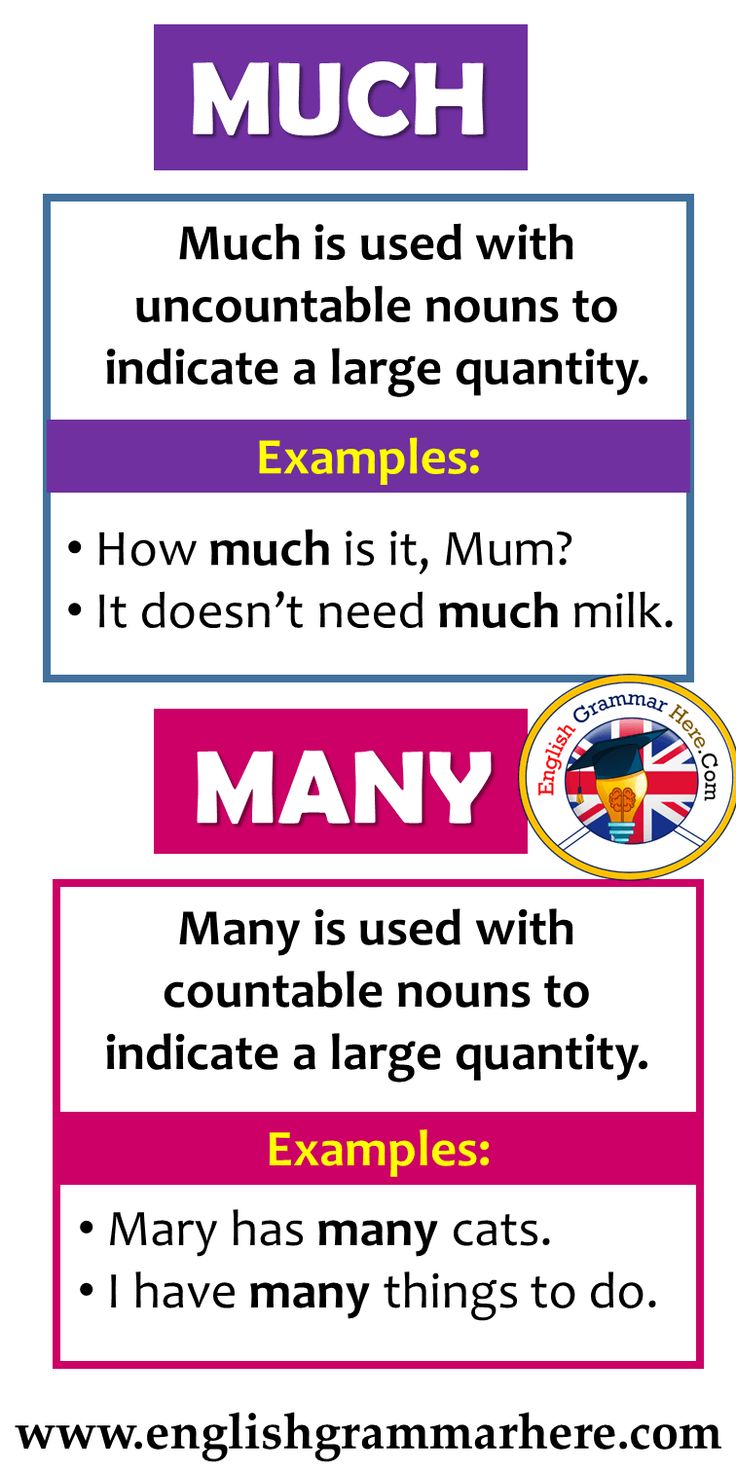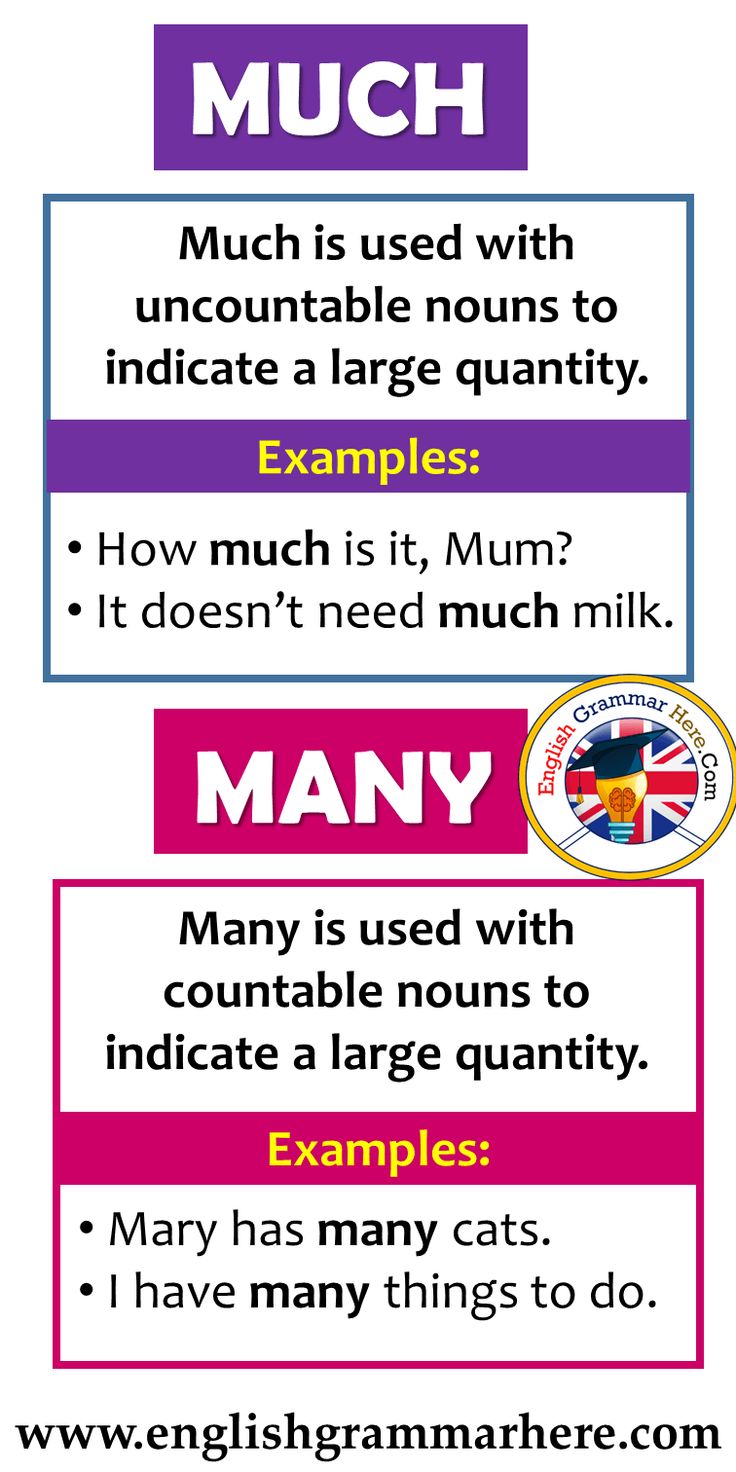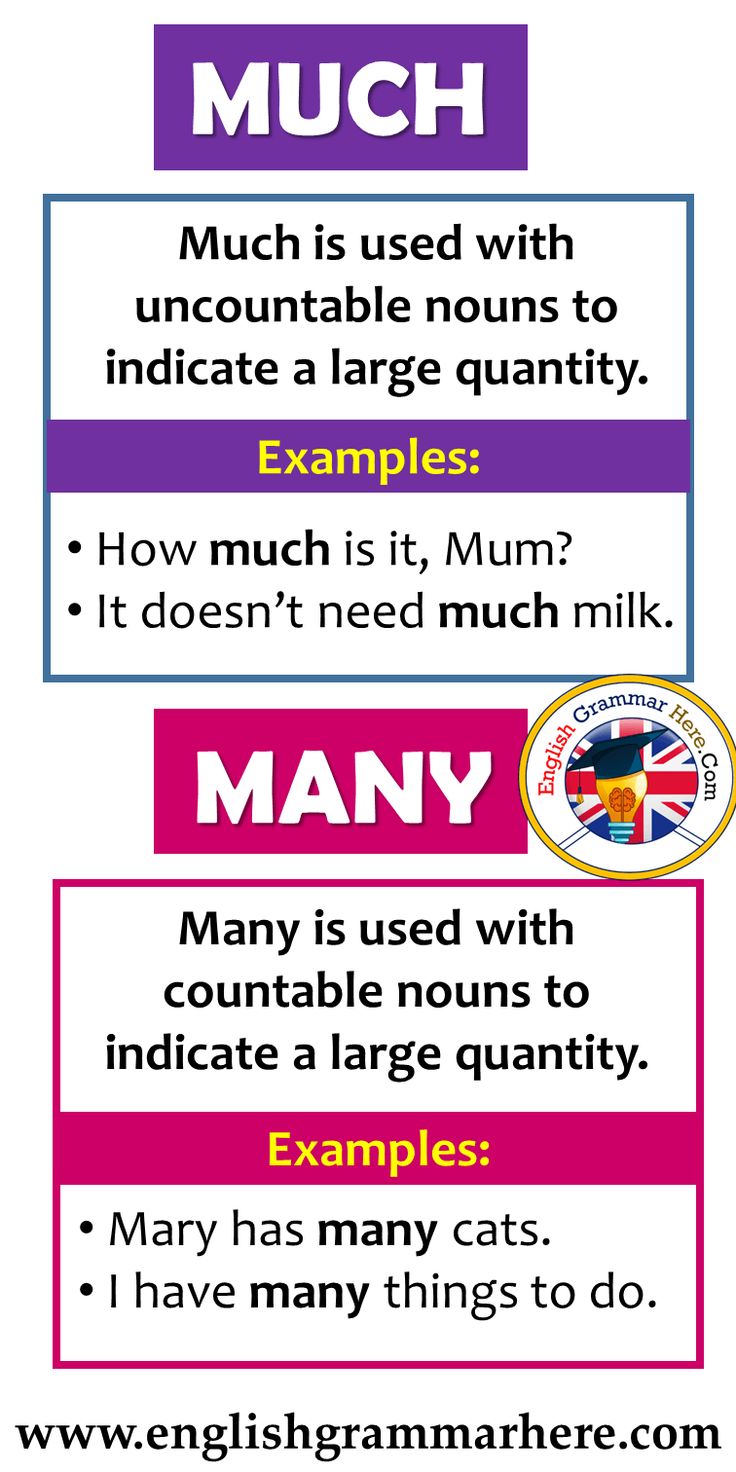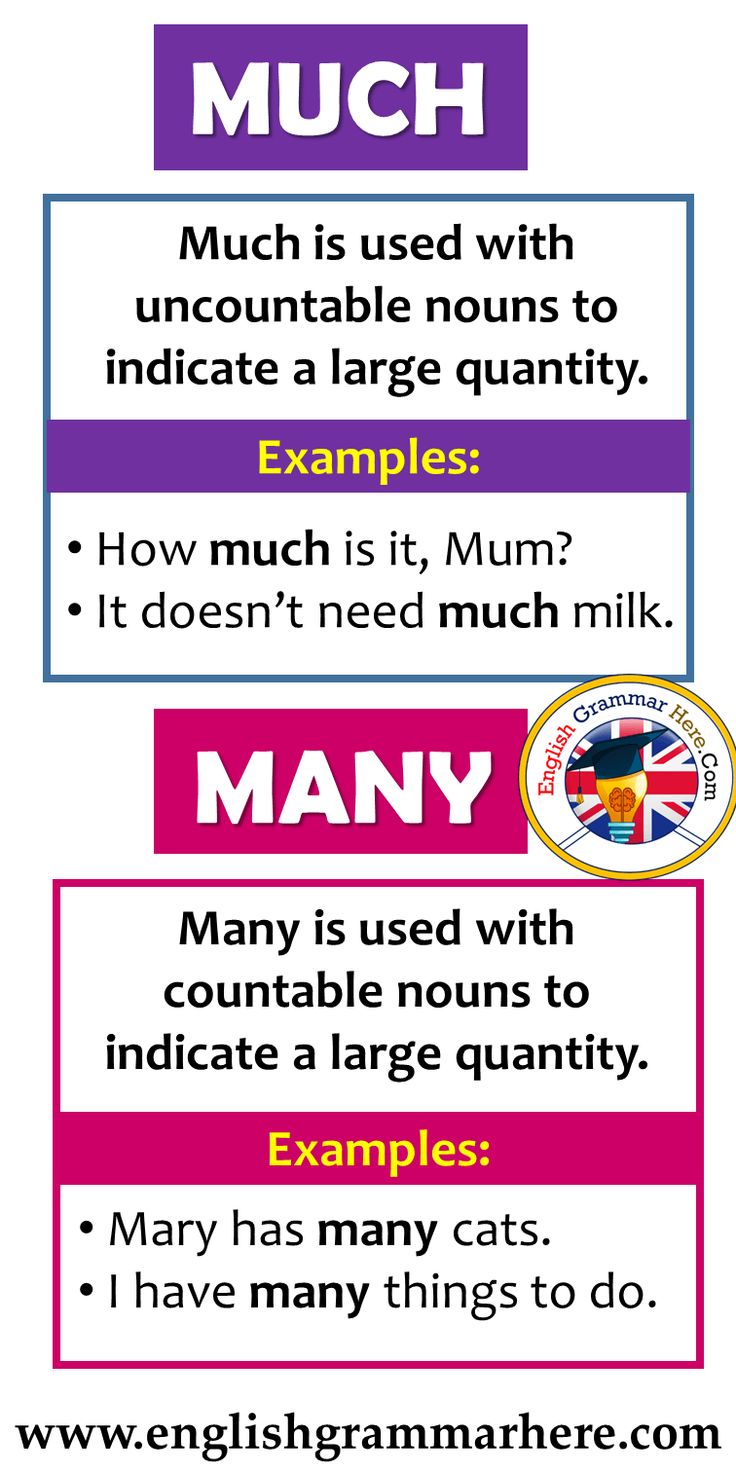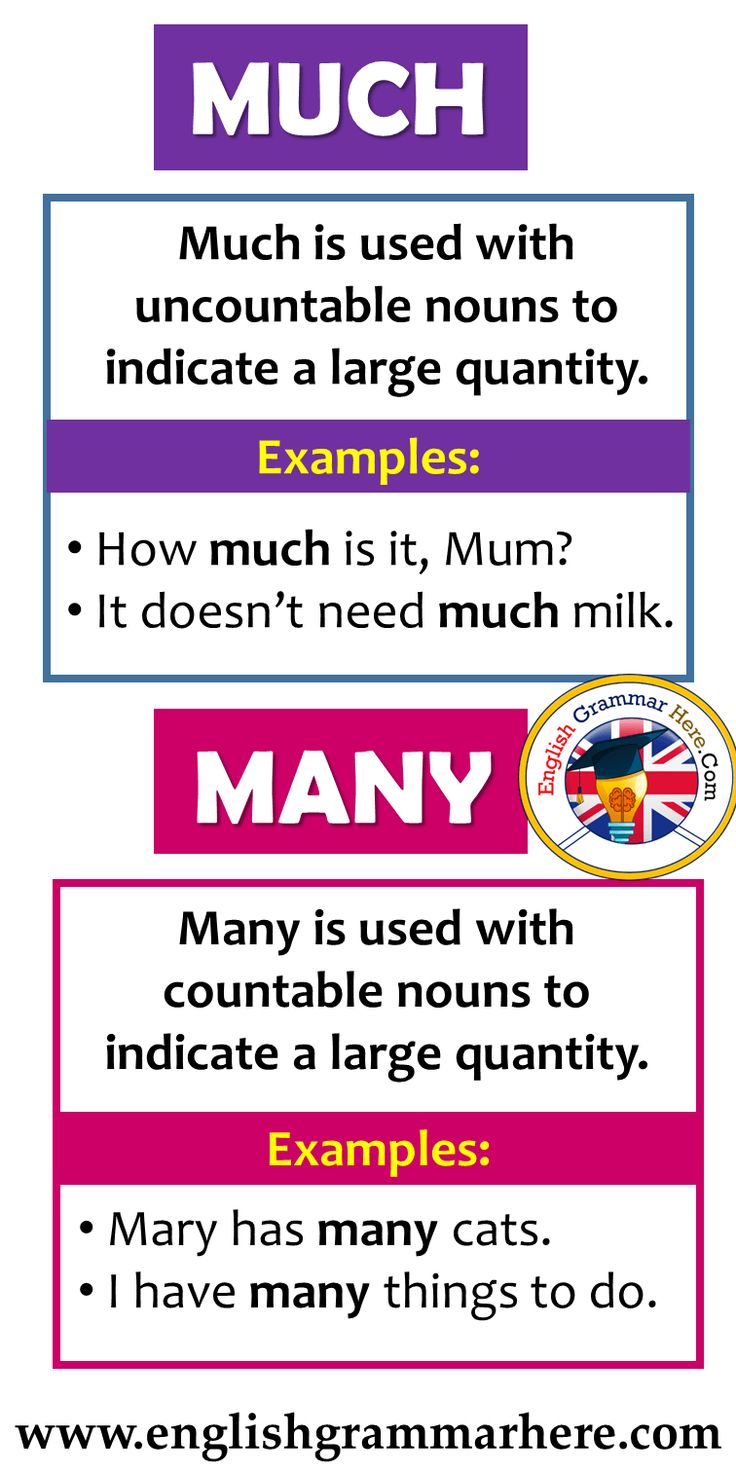How Much Is A Jeep Wrangler Engine: A Comprehensive Guide
How Much Is A Jeep Wrangler Engine: A Comprehensive Guide jeeps.truckstrend.com
The iconic Jeep Wrangler, a symbol of adventure, freedom, and off-road capability, is more than just a vehicle; it’s a lifestyle. At the heart of every Wrangler, propelling its legendary performance, is its engine. Whether you’re a seasoned off-roader, a daily commuter, or a first-time Jeep owner, understanding the cost of a Jeep Wrangler engine is crucial. This knowledge empowers you to make informed decisions, whether you’re considering a replacement, an upgrade, or simply budgeting for potential future maintenance.
The price of a Jeep Wrangler engine isn’t a fixed number; it’s a dynamic figure influenced by a multitude of factors, ranging from the engine’s type and age to its condition, source, and even the labor required for installation. This comprehensive guide will delve deep into the nuances of Jeep Wrangler engine costs, providing practical advice and actionable insights to help you navigate this significant investment.
How Much Is A Jeep Wrangler Engine: A Comprehensive Guide
Factors Influencing Jeep Wrangler Engine Cost
The journey to understanding "How much is a Jeep Wrangler engine?" begins with dissecting the key variables that drive its price tag.
1. Engine Type and Model (Generation Specificity):
Jeep Wranglers have been powered by a variety of engines across their generations, each with its own characteristics and price point.
- YJ/TJ Generations (1987-2006): Often equipped with the venerable 4.0L inline-six (I6) or the 2.5L four-cylinder. These older engines are generally more affordable due to their age and higher availability in the used market.
- JK Generation (2007-2018): Introduced the 3.8L V6, later replaced by the more powerful and efficient 3.6L Pentastar V6. The Pentastar is typically more expensive than the 3.8L.
- JL Generation (2018-Present): Features the 3.6L Pentastar, a 2.0L turbocharged four-cylinder, and options like the 3.0L EcoDiesel V6, and the high-performance 6.4L Hemi V8 (in the Rubicon 392). Newer, more technologically advanced engines naturally command higher prices.

2. New vs. Used vs. Remanufactured/Rebuilt:
This is perhaps the most significant determinant of cost.
- New (Crate) Engines: These are brand-new, factory-fresh engines, often from the original equipment manufacturer (OEM) or a licensed supplier. They offer the highest reliability, come with a comprehensive warranty, and integrate seamlessly with your vehicle’s systems. Consequently, they are the most expensive option.
- Remanufactured/Rebuilt Engines: These engines have been professionally disassembled, inspected, cleaned, and reassembled with new or reconditioned parts (e.g., bearings, rings, gaskets). They often come with a warranty and offer a good balance between cost and reliability. The quality can vary depending on the rebuilder.
- Used (Salvage/Junkyard) Engines: Sourced from wrecked vehicles or parts cars, used engines are the cheapest option. However, they carry the highest risk as their history, mileage, and internal condition are often unknown. They typically come with little to no warranty and may require additional work before installation.

3. Completeness of the Engine:
Engines are often sold in different configurations:

- Short Block: Includes the engine block, crankshaft, pistons, and connecting rods. This is the bare minimum and requires significant assembly.
- Long Block: Includes the short block plus the cylinder heads, valvetrain (camshafts, valves, springs), and sometimes the oil pan and timing cover. This is a common choice for replacements.
- Complete Drop-in Engine: This is the most comprehensive option, including the long block plus intake manifold, exhaust manifolds, fuel injectors, sensors, wiring harness, and sometimes even the starter and alternator. These are designed for quick, straightforward installation. The more complete the engine, the higher the price.
4. Source/Vendor:
Where you purchase the engine also affects the price.
- Dealerships: Typically offer new OEM engines at the highest prices but with guaranteed quality and warranty.
- Aftermarket Parts Suppliers: Companies specializing in automotive parts may offer new, remanufactured, or even used engines from various brands. Prices can be competitive.
- Specialized Engine Rebuilders: Focus solely on remanufacturing engines, often providing excellent quality and warranties.
- Salvage Yards/Online Marketplaces (eBay, Craigslist): Best for used engines, but buyer beware regarding quality and warranty.
5. Condition and Mileage (for Used Engines):
For used engines, lower mileage and verifiable good running condition will command a higher price. Be wary of deals that seem too good to be true.
6. Warranty:
New and remanufactured engines typically come with a warranty (e.g., 1-3 years or 12,000-36,000 miles), providing peace of mind. Used engines rarely offer substantial warranties.
7. Geographic Location and Shipping:
Shipping a heavy engine across states or countries can add significant costs to the overall price. Local availability can also influence pricing.
Beyond the Engine Block: Additional Costs
The cost of the engine itself is just one piece of the puzzle. Several other expenses contribute to the total investment.
- Installation Labor: Unless you possess advanced mechanical skills and specialized tools, professional installation is necessary. Engine swaps are labor-intensive, often requiring 10-20+ hours of work. Shop rates vary widely, from $100 to $150+ per hour, easily adding $1,000 to $3,500 or more to the total cost. Complex swaps like a Hemi conversion can run much higher.
- Ancillary Components and Fluids: Even with a complete drop-in engine, you’ll likely need new gaskets, seals, hoses, belts, spark plugs, filters, engine oil, coolant, and potentially new sensors or wiring connectors. These seemingly small items can quickly add up to several hundred dollars.
- Tuning and Programming: Newer Wranglers, especially the JL models, rely heavily on sophisticated computer systems. An engine swap may require reprogramming the vehicle’s engine control unit (ECU) or other modules to ensure proper function and avoid check engine lights. This often requires specialized diagnostic tools.
- Tools (for DIY): If attempting a DIY swap, you’ll need an engine hoist, engine stand, specialized sockets, torque wrenches, and other general automotive tools.
Practical Advice and Actionable Insights
Replacing a Jeep Wrangler engine is a significant undertaking. Here’s how to approach it smartly:
- Assess Your Needs: Is your current engine truly beyond repair, or can it be economically fixed? Get a professional diagnosis to understand the extent of the damage. Sometimes, a head gasket or a simple sensor replacement is all that’s needed, not a full engine swap.
- Research Thoroughly: Don’t jump at the first price you see. Get multiple quotes for new, remanufactured, and even used engines from various reputable sources. Compare not just the price, but also the warranty, included components, and shipping costs.
- Verify Compatibility: Double-check that the engine you’re considering is the exact match for your Wrangler’s year, model, and transmission. Slight variations can lead to major compatibility issues. Provide your VIN (Vehicle Identification Number) to the supplier to ensure accuracy.
- Prioritize Warranty: For such a critical component, a warranty offers invaluable peace of mind. While used engines are cheaper, the lack of a warranty can turn a "deal" into a costly nightmare if the engine fails shortly after installation.
- Consider Professional Installation: Unless you are an experienced mechanic with access to proper lifting equipment and diagnostic tools, professional installation is highly recommended. A botched DIY job can lead to further damage and even higher repair costs.
- Budget for Contingencies: Always allocate an extra 10-20% of your budget for unexpected costs. During an engine swap, it’s common to discover other worn-out components (e.g., motor mounts, exhaust components, transmission lines) that should be replaced simultaneously.
- Preventative Maintenance is Key: The best way to avoid engine replacement costs is through diligent maintenance. Regular oil changes, timely fluid checks, adherence to service schedules, and addressing minor issues promptly can significantly extend your engine’s lifespan.
Estimated Jeep Wrangler Engine Cost Table
The following table provides estimated price ranges for different Jeep Wrangler engines, considering various sources and including estimated installation costs. These are general estimates and can fluctuate significantly based on market demand, vendor, included accessories, and labor rates.
| Wrangler Generation/Engine Type | New (Crate) Engine (Estimated) | Remanufactured Engine (Estimated) | Used Engine (Estimated) | Estimated Installation Cost (Labor Only) |
|---|---|---|---|---|
| YJ/TJ (1987-2006) | ||||
| 2.5L 4-Cyl | $3,000 – $5,000 | $2,000 – $4,000 | $800 – $2,000 | $1,000 – $2,500 |
| 4.0L I6 | $3,500 – $6,000 | $2,500 – $4,500 | $1,000 – $2,500 | $1,000 – $2,500 |
| JK (2007-2018) | ||||
| 3.8L V6 | $4,000 – $7,000 | $3,000 – $5,500 | $1,500 – $3,000 | $1,200 – $3,000 |
| 3.6L Pentastar V6 | $5,000 – $8,500 | $3,500 – $6,500 | $2,000 – $4,000 | $1,500 – $3,500 |
| JL (2018-Present) | ||||
| 2.0L Turbo 4-Cyl | $6,000 – $9,500 | $4,500 – $7,500 | $2,500 – $5,000 | $1,800 – $4,000 |
| 3.6L Pentastar V6 | $5,000 – $8,500 | $3,500 – $6,500 | $2,000 – $4,000 | $1,500 – $3,500 |
| 3.0L EcoDiesel V6 | $8,000 – $12,000+ | $6,000 – $10,000 | $4,000 – $8,000 | $2,000 – $4,500 |
| 6.4L Hemi V8 (Crate Swap Kit) | $15,000 – $30,000+ (Engine Kit) | N/A (Rarely remanufactured as direct swap) | N/A (Specific swap kits) | $5,000 – $10,000+ (Complex) |
Disclaimer: These are rough estimates and can vary significantly based on vendor, condition, mileage, included components, labor rates, and market demand. Always get multiple quotes and verify specifics before making a purchase.
Frequently Asked Questions (FAQ)
Q1: Can I put a different engine (engine swap) in my Jeep Wrangler?
A1: Yes, engine swaps are a popular modification, especially putting a more powerful Hemi V8 into JK or JL Wranglers. However, this is a complex and expensive undertaking, requiring specialized kits, significant modifications, and often custom tuning. Costs for a Hemi swap kit alone can range from $15,000 to $30,000+, plus labor.
Q2: Is it cheaper to repair my old engine or buy a new/remanufactured one?
A2: It depends on the extent of the damage. Minor issues like a leaking gasket, worn-out spark plugs, or a faulty sensor are usually cheaper to repair. However, if there’s significant internal damage (e.g., spun bearing, cracked block, catastrophic failure), a replacement engine often becomes the more cost-effective and reliable long-term solution.
Q3: How long do Jeep Wrangler engines typically last?
A3: With proper and consistent maintenance, a Jeep Wrangler engine can last anywhere from 150,000 to 250,000 miles or more. Factors like driving habits (off-roading, towing), climate, and adherence to service schedules play a significant role.
Q4: What’s the difference between a "long block" and a "short block" engine?
A4: A short block consists of the engine block, crankshaft, connecting rods, and pistons. It’s essentially the lower rotating assembly. A long block includes everything in a short block, plus the cylinder heads, camshafts, and valvetrain components. It’s a more complete assembly, requiring fewer parts to be transferred from your old engine.
Q5: Do I need special tools for an engine swap?
A5: Absolutely. Essential tools include an engine hoist (cherry picker) to remove and install the engine, an engine stand for working on the engine outside the vehicle, specialized torque wrenches, and potentially specific sockets or diagnostic tools for your Wrangler’s model year.
Q6: Where can I buy a reliable Jeep Wrangler engine?
A6: Reliable sources include authorized Jeep dealerships (for new OEM engines), reputable aftermarket parts suppliers (e.g., Summit Racing, Quadratec, RockAuto), specialized engine remanufacturers (e.g., Jasper Engines & Transmissions), and trusted local independent mechanics who can source quality parts. For used engines, reputable salvage yards with good reviews are an option, but always inspect the engine thoroughly.
Conclusion
The cost of a Jeep Wrangler engine is a substantial investment, but it’s one that can breathe new life into your beloved off-road companion. By understanding the various factors that influence pricing—from the engine’s type and source to the associated labor and ancillary costs—you can approach the process with confidence. Whether you opt for a pristine new crate engine, a balanced remanufactured unit, or a budget-friendly used option, thorough research, careful planning, and, where appropriate, professional assistance are paramount.
Ultimately, ensuring your Jeep Wrangler has a healthy heart means it will continue to conquer trails, cruise highways, and embody the spirit of adventure for years to come.

